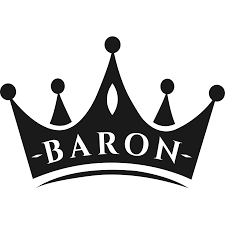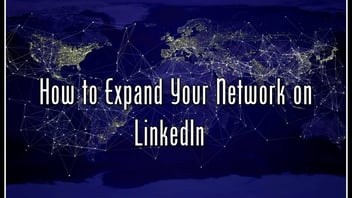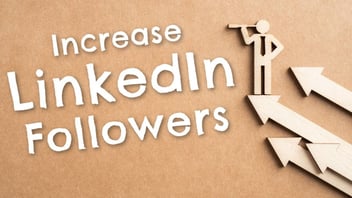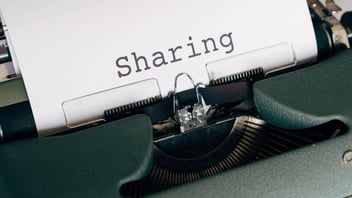
If you are curious about what LinkedIn is used for these days, the answer is for all sorts of things.
For instance, if you are a professional looking for a social media network to help build your brand, find a job, or network with other like-minded business professionals, you should be on LinkedIn.
LinkedIn is considered to be the largest professional networking platform with more than 660-plus members.
Those who are LinkedIn members utilize the social media site to stay in touch with other business associates, clients, and co-workers. Also, LinkedIn can improve your profile, draw attention to your brand, and aid in recruiting the best individual for the job.
Memberships
A basic LinkedIn account is free of charge while premium accounts offer extra features, depending on what you need. There are other accounts like Premium Career and Premium Business accounts that cost a monthly fee. Sales Navigator and Recruiter packages also have a monthly fee.
Steps to Using LinkedIn
Master Your Profile
A profile on LinkedIn can be a great tool for building your brand. All registered LinkedIn users can view your profile unless you keep it private. You are also able to have a public profile that may be found by external search engines, meaning people who are not registered with LinkedIn can view the profile.
Adding and featuring a good-quality photo of yourself, is important. Smile, dress businesslike and leave out pets, friends, and social gathering images on the profile.
Add a banner or cover image that showcases your personality and professional at the same time.
Be sure to put your industry and location in your headline and include a clear summary of who you are, what you do, and what you have to offer. You may also link to, or upload, examples of your work to make your profile shine.
Tell viewers what you are doing now in terms of work and be precise.
Add previous work history, education details, and some skills or areas of expertise.
Contact and Connect With Other LinkedIn Users
LinkedIn lets you network with people and professional groups in your industry. This helps you stay up to date with the latest developments and share information with others in your field.
You may invite anyone to connect and accept their invitations to connect with you, but they need to have their own LinkedIn account to use the site.
The number of connections that you have affects your search ranking on LinkedIn.
Recommendations and Endorsements
Your connections can write "recommendations" for your profile, and offer "endorsements" of your skills, and you can do the same in return.
Recommendations are personal testimonials emphasizing your professional abilities. Aim to collect a handful of these by asking people you've worked with to write one for you.
Ask them to highlight those attributes or achievements that have impressed them instead of general comments like they worked with you for a few years and you were a great team player.
Endorsements are notifications confirming you have a particular skill. They may not have as much impact on custom-written recommendations, but if a connection endorses you, such an endorsement could be helpful in the long run.
LinkedIn Groups
All LinkedIn members can set up or join groups to discuss ideas and share industry news. This is a good way to develop a professional network.
Use the search bar at the top of the profile page to look for groups to join or find new groups by the ones you've already joined. Once you're a group member, you're can join group conversations, ask questions, and send messages to other members.
LinkedIn groups can be a great source of information, ideas, and support. Share your knowledge of your industry with those in your groups, and they may do the same.
Creating Content for LinkedIn
Make sure you post important and timely content like updates, images, and links to other sites, and share posts from other users. All content should be useful, informative, and relevant to your professional connections.
Another way to engage is by recording or uploading a video directly to LinkedIn from your device. This lets you share your insights and experiences or increase your brand.
LinkedIn also lets you publish complete articles, via its Publishing Platform. The articles you create then appear on your profile. They can be shared by other users and could be found on search engine results, but you retain the rights to any original content you publish.
Adding hashtags to your posts can help your content reach more users. Type a hashtag into the search bar to find out how many people follow it, and to see what types of content interests them.
New Hires and Opportunities
Use LinkedIn to look for jobs, browse job advertisements, and/or as a research tool. With LinkedIn, you can learn more about co-workers, companies, and organizations that you find job openings to learn more.
LinkedIn can be used to research your competition, find possible partners, and contact prospects, as well as follow personnel changes in your industry.
Being successful with LinkedIn depends on developing and maintaining a solid reputation. To build and keep such a reputation, always be professional. Don’t post content you would on other social media sites like Facebook.
LinkedIn can be a fantastic tool for job searches and recruitment, and for staying up to date with industry news, build your professional reputation, and up the ante of your brand.





